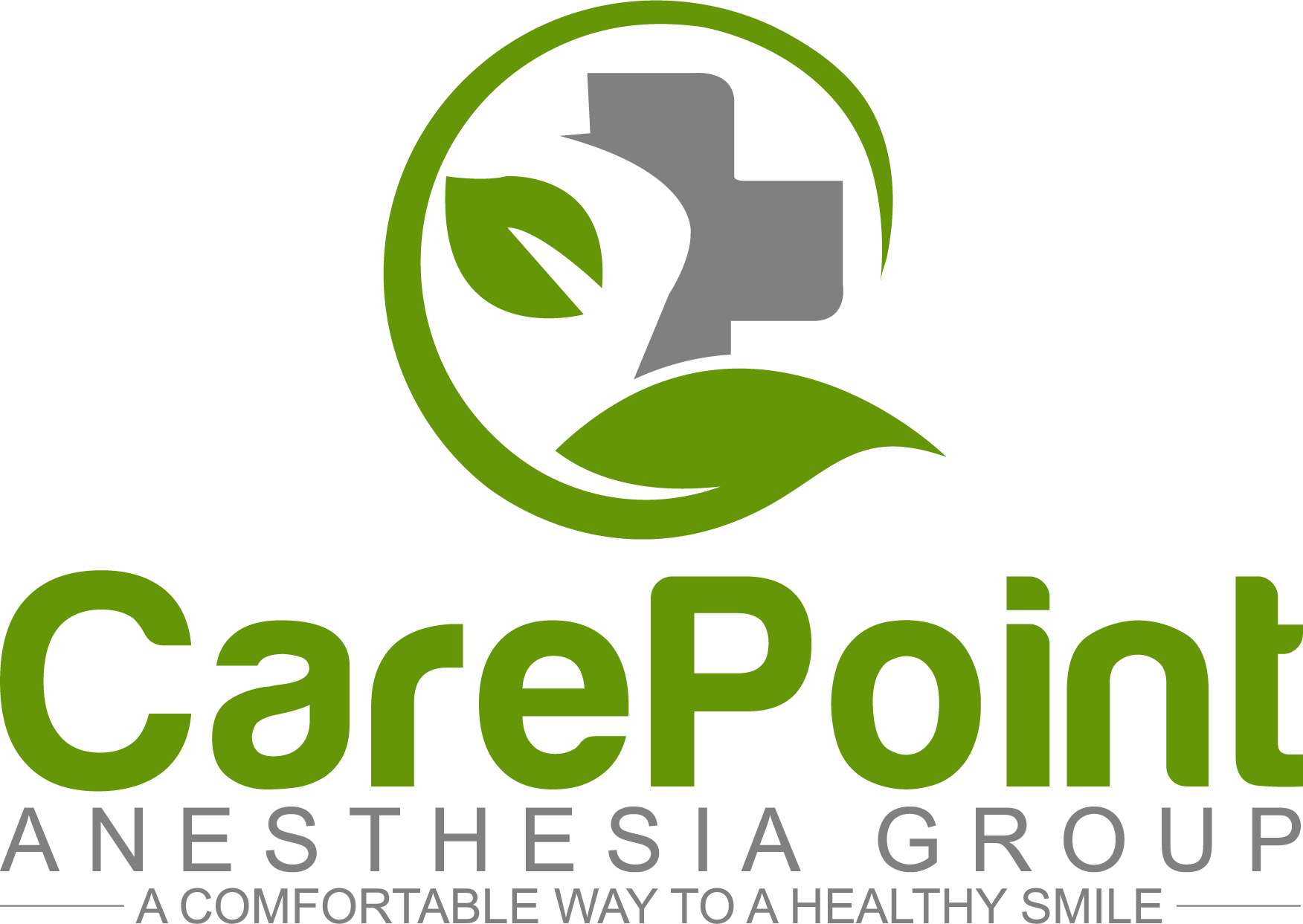Types of Anesthesia:
It has been estimated that there is a large population of the general public have a level of anxiety that impedes them from following through with necessary dental treatment. These patients combined with other those with other special circumstances, necessitate the need for advanced anesthesia services in dentistry. The decision to use sedation or general anesthesia for a particular dental procedure should be determined by considering the needs and overall health of the patient, the requirements of the operating dentist, the effect on the quality of the dental treatment and the environment in which the procedure will take place. Your anesthesiologist will take into account all the information above and determine a safe, effective and appropriate anesthetic plan that is tailored to your needs and the requirements of the dentist. It is important to remember that not all patients are candidates for outpatient office anesthesia and we take special care to determine what is appropriate for you or your loved ones circumstances.
What is oral sedation?
Oral sedation is a management technique that utilizes oral medications and sometimes nitrous oxide (laughing gas) to create a state of sedation (relaxation and at times unawareness). This technique is advantageous for patients that have mild anxiety and fear. This technique may be used for children and adults depending upon the behavior of the child and level of anxiety of the adult patient. Oral sedation is not recommended for very young children, has varying levels of success and may be inadequate for most people.
What is Intravenous conscious sedation?
IV SEDATION (Conscious sedation) or Twilight Anesthesia, is a safe and effective method of anesthesia for procedures requiring relaxation but not unconsciousness. During the procedure, the anesthesia specialist delivers varying amounts of sedative and anesthetic medication through an intravenous (IV) line, monitoring the patient’s comfort level and increasing or decreasing medication as needed.. This is a good technique for patients that have mild to moderate anxiety or fear of dental procedures. This technique may also be suitable for adult patients who require a great deal of dental treatment and wish to have more treatment completed in fewer visits. Patients treated with conscious sedation typically have little to no memory of the dental procedure being performed, but complete amnesia cannot be as reliably achieved as with general anesthesia.
What is General Anesthesia?
General Anesthesia is an anesthetic management technique which uses intravenous and/or inhalation agents to induce a state of unconscious. It provides pain relief and amnesia and allows the dentist to work effectively while the patient is in a state of “sleep”. This is accomplished using IV and or inhaled medications. This technique is used successfully with young children, resistant patients, patients with severe anxiety, and special needs patients who are unable to cooperate for dental treatment.
During the procedure, you will be monitored continuously using sophisticated and specialized equipment so that we can assess your state of anesthesia and tailor it accordingly.
What is the difference between Conscious Sedation and General Anesthesia?
Conscious sedation is the use of medication to “take the edge off”, but requires that the patient be awake (conscious) during the procedure. When conscious sedation fails or is considered inappropriate for the nature or amount of dental work, deep sedation or general anesthesia is recommended. With the use of modern, short-acting anesthetics, patients awake quickly from anesthesia and are ready to go home after a short recovery period.


